The ‘Aims’ of the NCC laid out in 1988 have stood the test of time and continue to meet the needs of our country. It focuses on character building, discipline, comradeship, leadership, secular outlook, and motivating youth to serve the nation.
- Organized, trained & motivated youth for national service
- Creating leaders in all walks of life
- Encouraging youth to join the Armed Forces
- Instilling selfless service, adventure & discipline
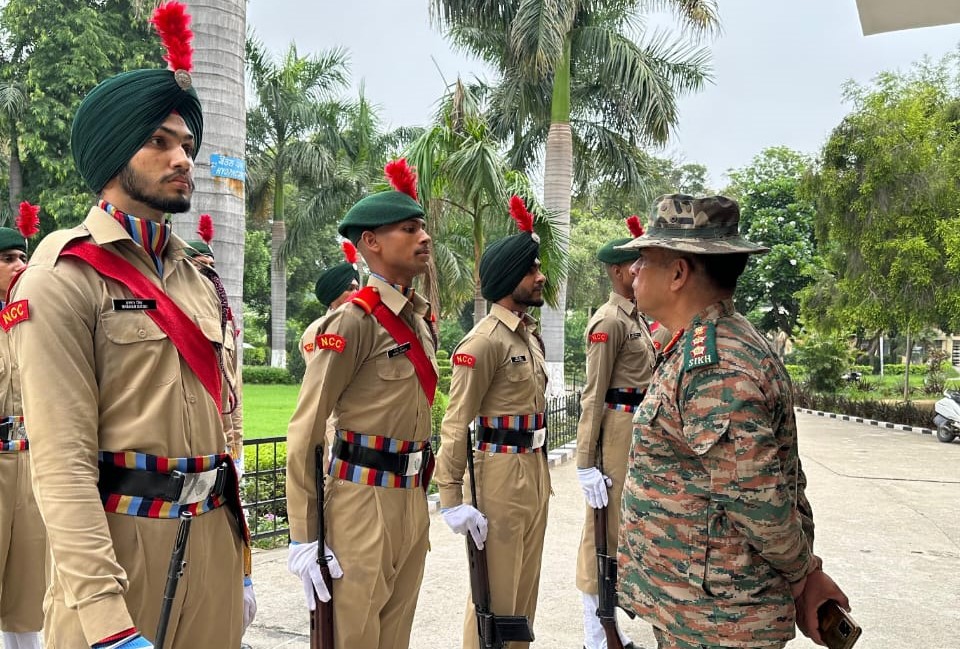
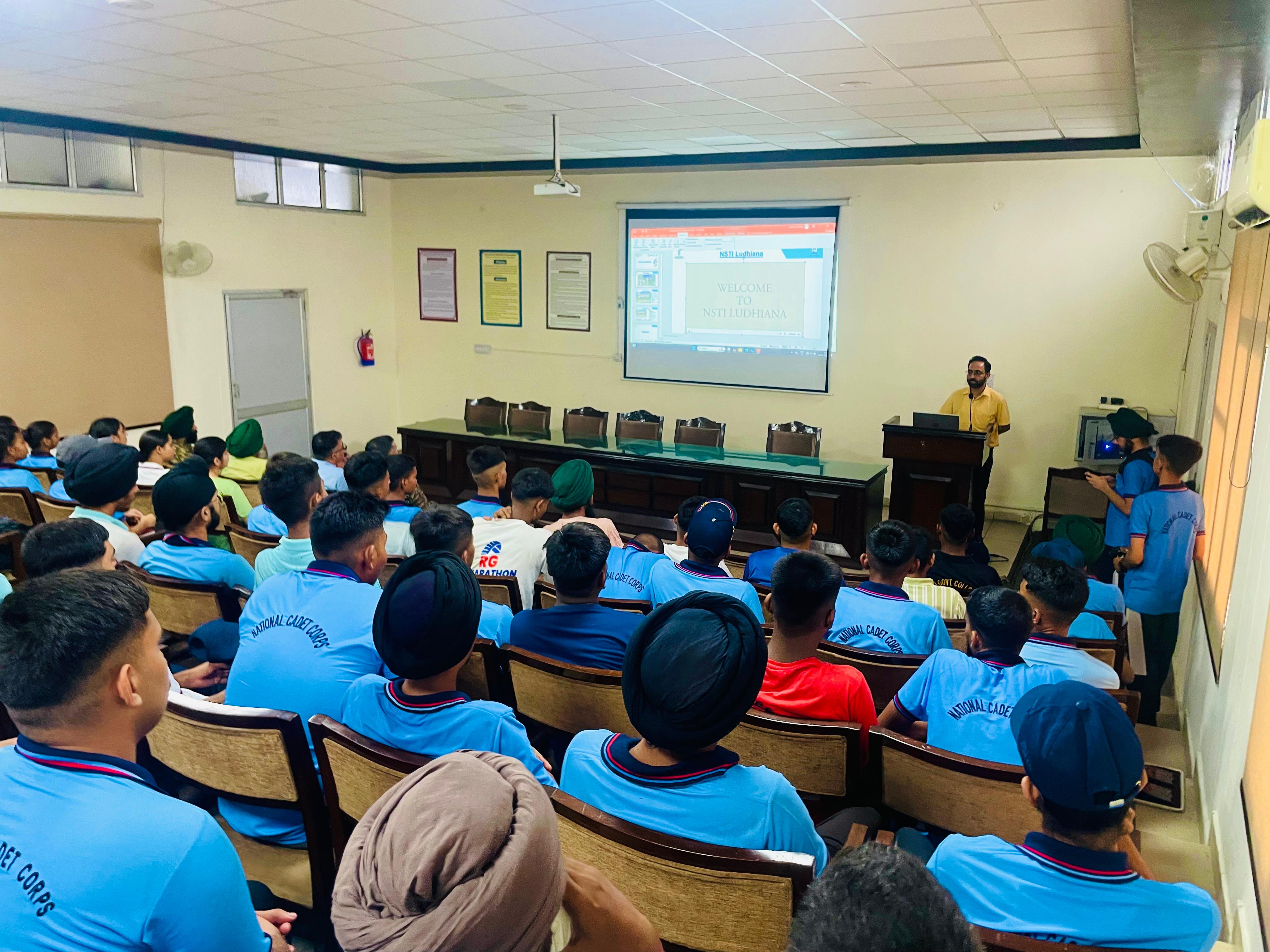
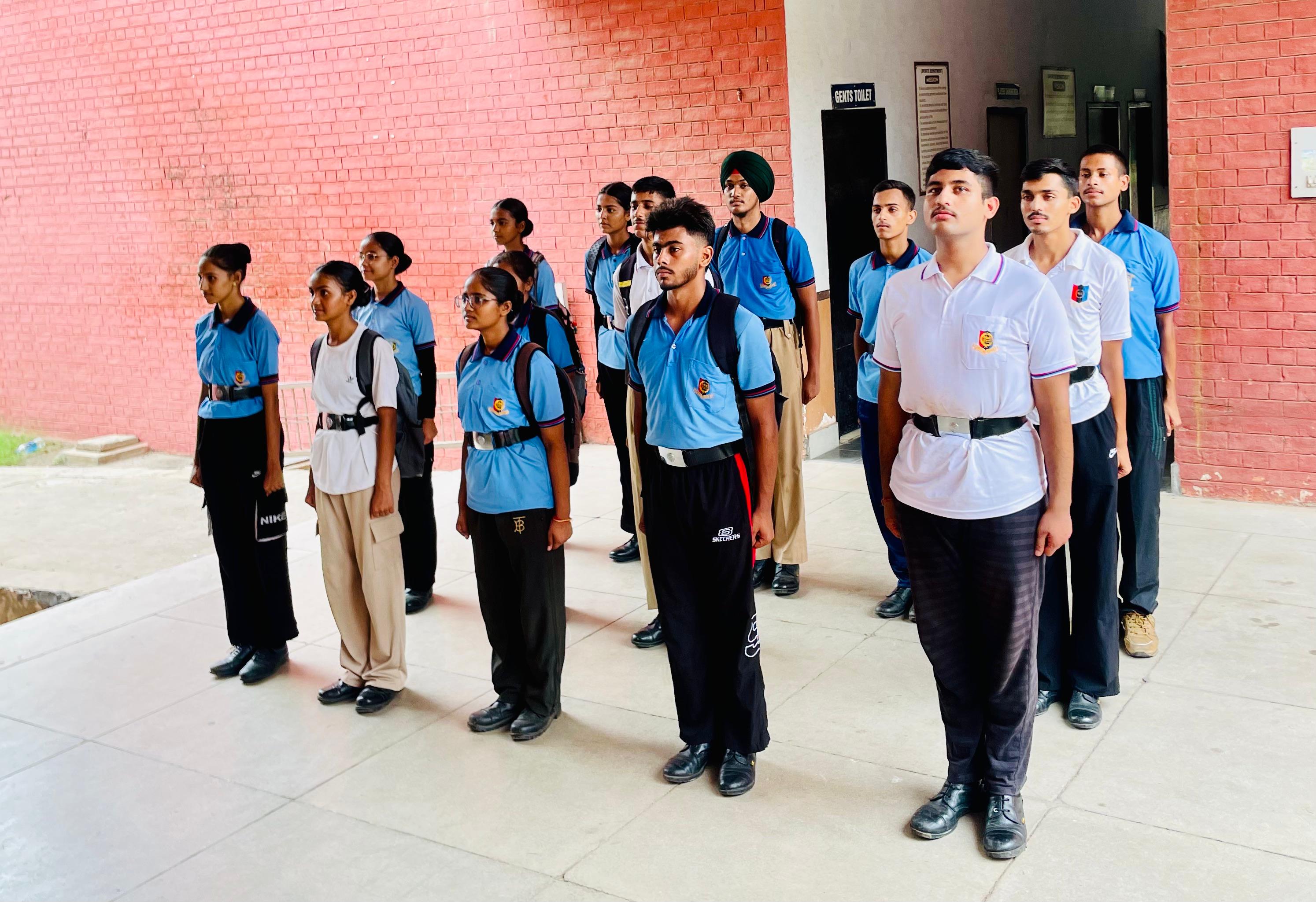
Formation of the Cadet Corps Committee under Pt HN Kunzru with six meetings in South Block, New Delhi.
Study tours in India, Bangladesh, Pakistan, UK & France to learn about youth and cadet organizations.
Post-Independence crises highlighted the urgent need for trained reserves and youth military training.
Birth of NCC
Birth of the National Cadet Corps (NCC)
The Kashmir War of 1948 highlighted India's urgent need for strong armed forces and a trained reserve of disciplined youth.
Based on the Kunzru Committee's recommendations, the proposal was placed before the Constituent Assembly. It led to the passing of "The National Cadet Corps Act, 1948" on 16 April 1948, officially establishing the NCC.
The first NCC Director was Col. GG Bewoor, who later became the Chief of Army Staff. His leadership laid a strong foundation for NCC as a platform to instill character, discipline, and patriotism among the youth.
Soon after, the NCC Secretariat was established in New Delhi, and training began across schools and colleges, marking the start of a transformative youth movement in independent India.
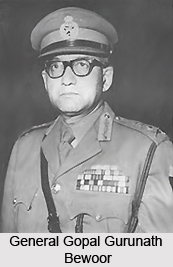
Then Colonel GG Bewoor – First NCC Director
"Unity and Discipline" – Adopted in 1980, symbolizing NCC’s core principles.
- Patriotic commitment to nation-building
- Respect for diversity & unity
- Constitutional values and justice
- Community service and social responsibility
- Healthy lifestyle & self-awareness
- Truth, perseverance, and discipline
WE THE CADETS OF THE NATIONAL CADET CORPS,
PLEDGE TO UPHOLD THE UNITY OF INDIA,
BE DISCIPLINED & RESPONSIBLE CITIZENS,
AND SERVE OUR NATION SELFLESSLY.
The NCC flag introduced in 1954 features red (Army), navy blue (Navy) & light blue (Air Force), with golden NCC crest encircled by a wreath of lotus.
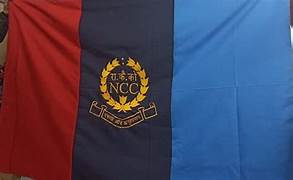
History
The official song "Kadam Mila Ke Chal" (1963) was later replaced by "Hum Sab Bharatiya Hain" in 1976.
Lyrics
Hum Sab Bharatiya Hain, Apni Manzil Ek Hai...
Kashmir Ki Dharti Rani Hai, Sartaj Himalaya Hai...
Mandir Gurudwaare Bhi Hain, Aur Masjid Bhi Hai Yahan...